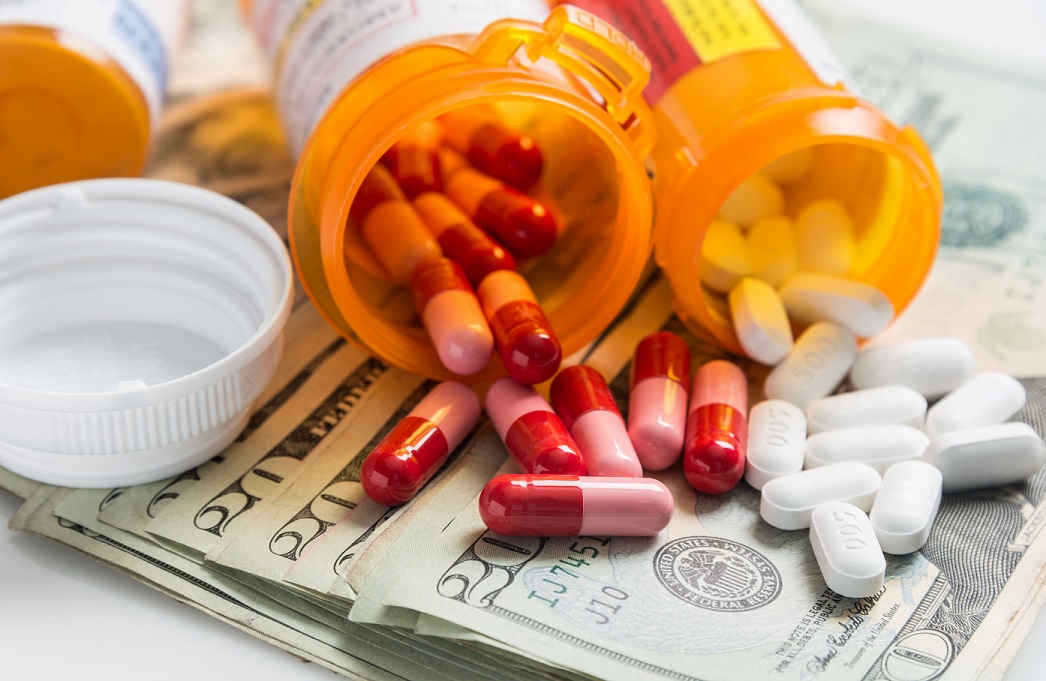
As we search for ways to improve the value of prescription drugs and make them more affordable, pharmaceutical marketing poses a real challenge. Pharmaceutical marketing aims to shape perceptions about a drug’s benefits and harms, and this can significantly impact providers’ decisions about patient care.
While many in health care recognize pharmaceutical sales representative visits (referred to as detailing), medical journal advertising, and direct-to-consumer advertising as pharmaceutical promotion, fewer people are aware of the many other marketing tactics used to bolster sales of pharmaceutical products. From drug samples and copay coupons, to delayed-release medications (to extend patent life), and disease awareness campaigns, more covert forms of pharmaceutical marketing are pervasive in the United States.
In 2016, the 12 largest pharmaceutical companies spent more than $120 billion on marketing, compared to $75 billion on research and development. While some marketing tactics are well known, the following provides more detail on some of the lesser-known tactics that the pharmaceutical industry uses.
Funding continuing medical education
Industry-funded CME is a covert form of drug promotion that may undermine rational prescribing. Most popular CME providers are industry-funded; for some conditions, all CME is industry-funded. For example, in 2015, all online modules for binge-eating disorder were funded by the manufacturer of lisdexamfetamine, a drug to treat the disorder. All online activities on breakthrough pain were funded by companies that made transmucosal fentanyl products, opioids used to treat breakthrough pain.
Most physicians are unable to recognize commercial bias in industry-funded materials, which makes CME an extremely effective marketing tool. Physicians do not believe that industry-sponsored CME influences their drug selections, but studies show that provider prescribing is indeed affected. For example, a psychiatry grand rounds presentation on atypical antipsychotics, featuring an “expert” speaker sponsored by the manufacturer of the treatment, was linked to a tripling in prescriptions for the drug.
Marketing via ghostwriting
A ghostwriter is someone who is hired to author an article that is then officially credited to someone else. Pharmaceutical companies have used ghostwriters to inject marketing messages into medical literature by downplaying the risks of targeted treatments and exaggerating the harms of competing treatments. Companies are able to push specific messages under the name of respected experts – called key opinion leaders. Ghostwritten articles are often widely cited, and documents disclosed in litigation have revealed the reach and influence these articles have on medical practice. For example, ghostwriting has been exposed in the marketing of the popular drugs Zoloft, Paxil, and Prempro
Disease awareness or disease-mongering?
Disease-mongering, which the industry calls disease awareness, involves persuading people who are essentially well that they are ill. Disease mongering campaigns expand the market for pharmaceutical products by widening the diagnostic boundaries of illnesses, or even inventing illnesses, and then marketing these conditions. By expanding the definitions of diseases and marketing everyday symptoms as new disease states, pharmaceutical companies increase the number of eligible patients for their treatments.
Although marketing a drug prior to FDA approval is illegal, marketing a disease is not; in fact, disease mongering for a specific drug starts years before the treatment is expected to be approved. For example, “Female Sexual Dysfunction,” a vaguely defined condition of low sexual activity or desire in women, was created and popularized 7 years prior to regulatory consideration of a treatment.
Learn even more at the Pharma Marketing Hub
All pharmaceutical marketing, whether overt or covert, is done with an eye toward return-on-investment. Many studies have shown just how much the pharmaceutical industry has influenced our health care system. Until now, it has been difficult to find this information in one place.
With support from Kaiser Permanente, PharmedOut, our rational prescribing project at Georgetown University Medical Center, recently created a Pharma Marketing Hub with factsheets and literature summaries on 16 subjects regarding industry influence on health care providers, consumers, research, publications, and drug costs.
Greater awareness about these marketing practices and their impact on prescribing decisions and health outcomes is critical if we want our system to provide high-quality, high value care. Digging deeper into these resources is a great place to start.

